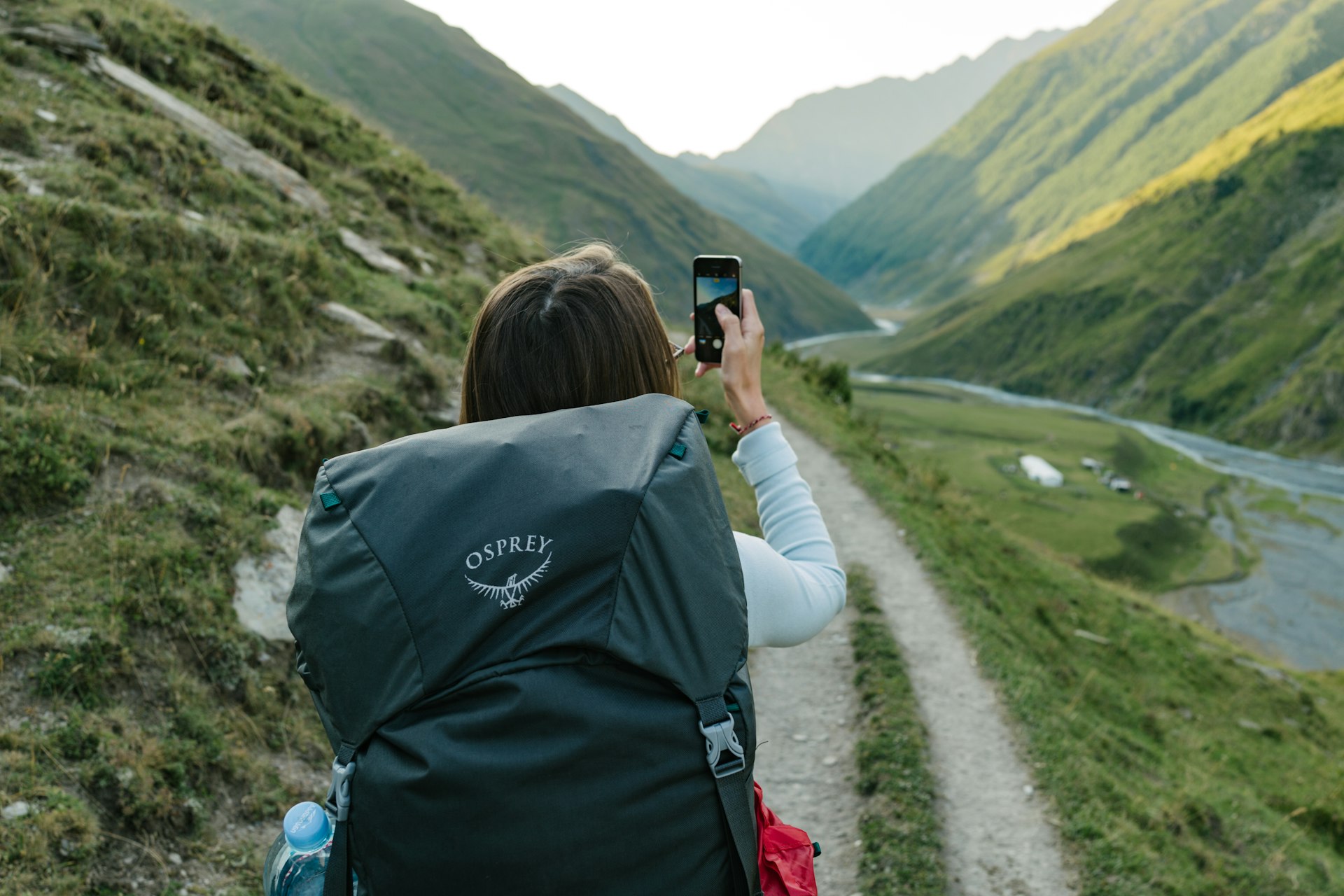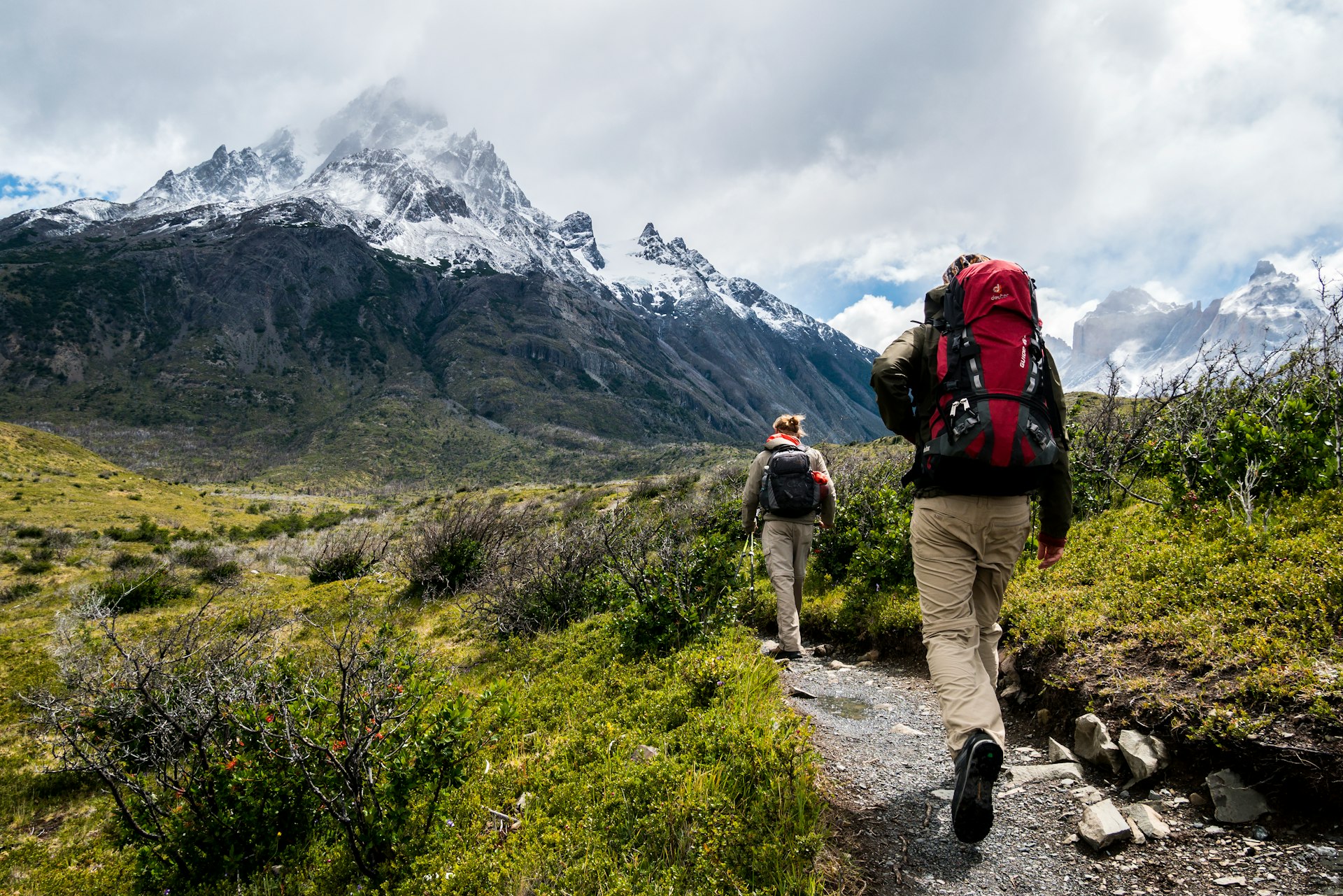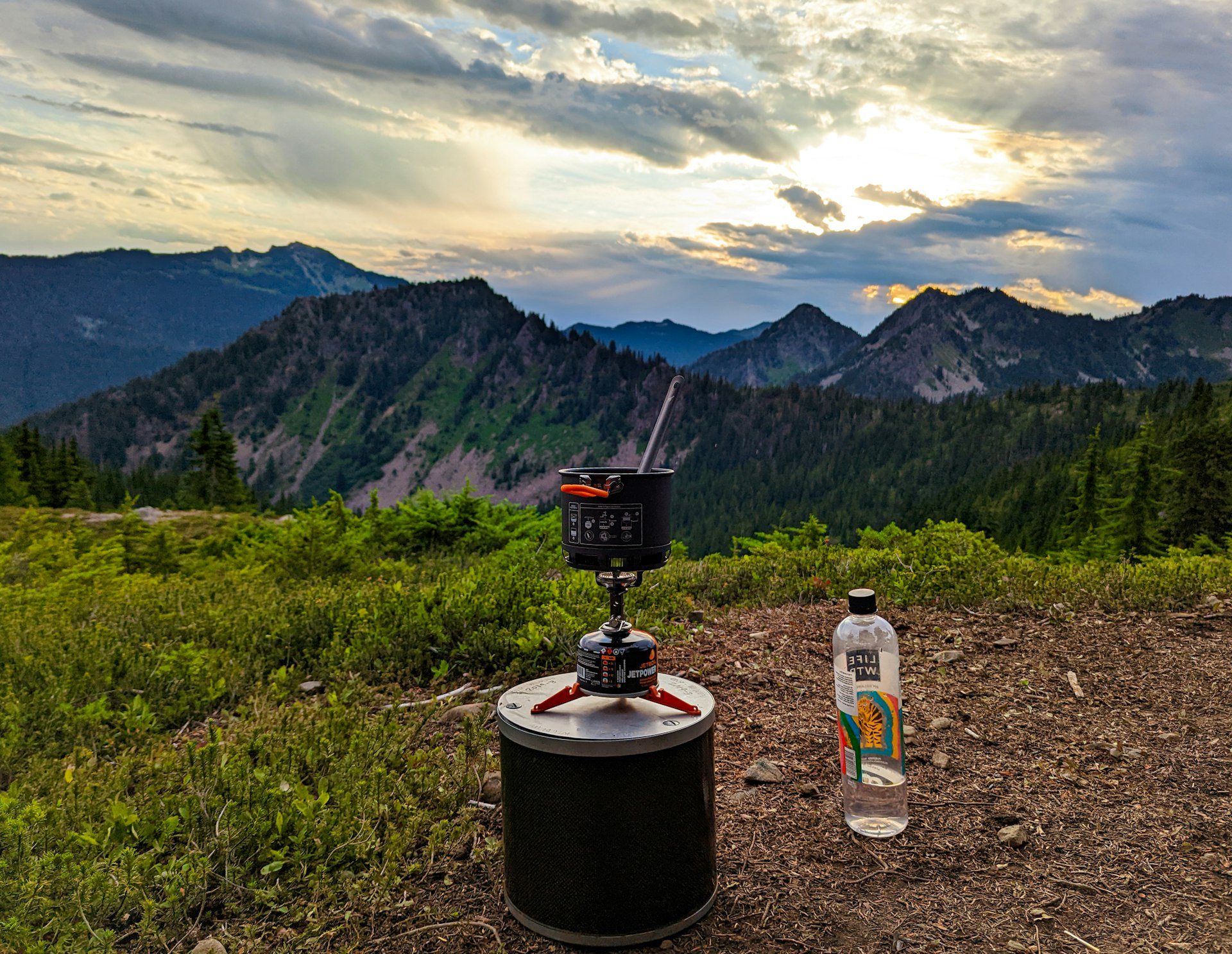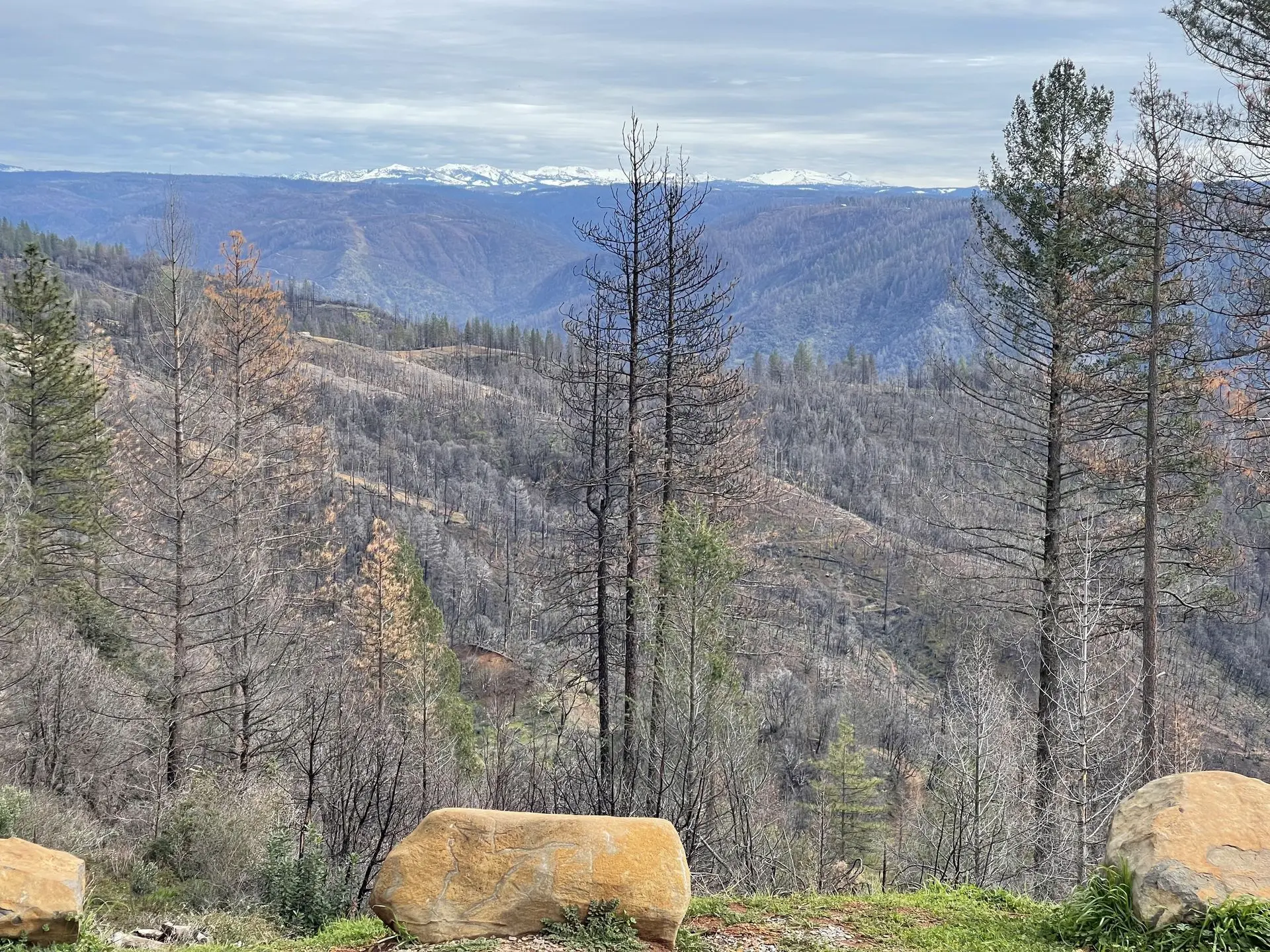If you’ve ever packed for a hike, you know the struggle: you want food that fuels you, but you don’t want to lug around a pack that feels like a ton of bricks. Fresh food spoils, canned stuff is heavy, and regular dehydrated meals… well, they’re often just okay. That’s where freeze dried food comes in—it’s honestly a game-changer.
I’ve been on trails ranging from short day hikes in nearby hills to multi-week treks through rugged wilderness, and I can’t overstate how much easier freeze dried meals make life out there. They’re light, easy to pack, and actually taste good once you rehydrate them. Think of them as the middle ground between “real food” and “trail rations”—you get nutrition and flavor without the extra weight.

How It Works (Without Getting Too Technical)
Freeze drying is a method of removing water from food without cooking it. The food gets frozen solid, then the water is pulled out in a vacuum, leaving almost all the nutrients, flavor, and texture intact. When you add hot water back on the trail, it basically turns back into the meal it was before—but without the weight.
The best part? The food keeps for years. You can pack a week’s worth of meals—or keep an emergency stash at home—and not worry about it going bad. Personally, I keep a small “trail pantry” at home. Anytime I get a craving for a long weekend hike, I grab a few pouches and go, no last-minute shopping required. That convenience alone has saved me countless trips where I might have otherwise skimped on proper nutrition because of time constraints.
Why I Always Pack Freeze Dried

Super Light:
A freeze dried meal can weigh just a few ounces and still be filling. On long treks, this makes a huge difference—you can carry more food without your pack getting heavier than it needs to be. Even freeze dried fruit is perfect for quick snacks on the move. I remember hiking a steep section of the Sierra Nevada, and being able to snack on freeze dried mango kept my energy up without constantly stopping to unpack heavier snacks.
Easy to Make:
Boil water, pour it in, wait a few minutes, and you’re done. Pouches often double as bowls, so cleanup is a breeze. That means more time enjoying the trail and less time fussing with a campfire or dirty dishes. On cold or rainy days, I can set up my little stove under my tarp, rehydrate a meal, and feel warm, full, and ready to keep moving in no time.
Tasty and Nutritious:
These meals hold on to most of their vitamins, proteins, and minerals, so they actually fuel you like fresh food would. No more mushy, bland trail food—you can enjoy things like Thai green curry with rice, chicken teriyaki with vegetables, or pasta primavera without feeling like you’re sacrificing taste. On longer trips, when you’re burning 3,000–5,000 calories a day, having food that tastes good is more than a luxury—it’s a mental boost.
Trail-Smart:
Beyond being lightweight and easy to prepare, freeze dried meals are simply smart trail food. They don’t produce strong odors that linger in your pack, and they’re easy to portion or mix with other foods. On long hikes, that makes a difference—you can grab a quick bite without stopping, and your pack stays manageable and organized. Compared with things like jerky or canned tuna, they’re far less messy and less likely to leave your gear smelling like a meal.

My Go-To Picks
Over the years, I’ve tried just about every type of freeze dried meal out there. Some meals are great for variety, others for nutrition, and some just make you feel at home after a long day.
- Backpacker’s Pantry: Excellent for international flavors—think Thai curry with rice, chicken teriyaki with vegetables, or Mexican-style rice and beans. These meals are filling, lightweight, and easy to rehydrate.
- SlyFoods: Vegan-friendly options like Lentil Dahl, Mediterranean Quinoa, or Vegetable Stir-Fry with rice. Perfect if you want a plant-based, nutrient-dense meal that still feels satisfying.
- Breakfast & Snacks: Instant oatmeal with freeze dried fruit, or little pouches of apples, mango, or berries for energy while you hike. I always pack a few handfuls of freeze-dried berries to toss in oatmeal or trail mix—they add flavor and calories without the weight.
Meal Planning on the Trail
One of the biggest mistakes new hikers make is underestimating how much food they need. For an average day, I burn between 2,500–4,500 calories depending on the terrain, and I need meals that provide sustained energy. Freeze dried meals are perfect for this because they’re portioned for one person but can also be combined with other snacks for extra calories.
Here’s how I plan:
- Breakfast: Oatmeal, freeze dried fruit, nuts. Quick, easy, and gives me a solid start to the day.
- Lunch: A hearty meal I can eat on the move. Freeze dried rice bowls with vegetables or pasta dishes work great.
- Snacks: Small pouches of fruit, energy bites, or nuts. I always keep a few in an accessible pocket for quick energy boosts.
- Dinner: The main meal. Something that fills you up without feeling heavy. Freeze dried stews, curry with rice, or pasta primavera are perfect choices.
I also try to pack at least one “treat” for morale—maybe a small freeze dried dessert or a chocolate snack. Little comforts like this can make a huge difference on long trips.

Tips for Using Freeze Dried Foods
- Pack snacks in easy-to-reach pockets. You’ll thank yourself when you need a quick bite on a steep climb.
- Keep main meals in the center of your pack to balance weight.
- Protect food from moisture with ziplocks or dry bags. Even a little humidity can affect freeze dried meals.
- Spice it up. A small container of chili flakes, powdered cheese, or garlic salt can turn a bland meal into something exciting.
- Experiment at home. If you have a home freeze dryer, you can make your own custom meals. I’ve made everything from curry rice bowls to freeze dried pancake mix, and it’s a game-changer for personalizing your trail menu.
DIY Freeze Dried Adventures
If you’re adventurous and want to try freeze drying at home, it’s surprisingly doable with the right equipment. Home freeze dryers let you create custom meals tailored to your preferences and dietary needs. You can freeze dry soups, sauces, fruits, and even full dinners. It’s a bigger investment than a simple dehydrator, but if you hike often, it pays off in convenience, flavor, and nutrition.
I’ve even experimented with freeze drying smoothie ingredients: banana, berries, and spinach freeze-dried separately, then packed in a bag. On the trail, I just add water for a quick breakfast shake that feels fresh and energizing.
The Mental Boost of Good Trail Food
One thing people often overlook is how much food affects morale. After a long day of hiking, the last thing you want is a soggy, bland dinner. Freeze dried meals can make you feel cared for even when you’re 50 miles from the nearest town. The flavors, textures, and variety give a sense of normalcy and comfort that’s surprisingly important on extended trips.
I remember hiking through the John Muir Trail—after 10 days of basic trail food, finally sitting down to a warm freeze dried curry felt like a real reward. It wasn’t just calories; it was something to look forward to, and it kept me motivated to push through long, challenging days.
Sustainability and the Future of Trail Food
Freeze dried foods also support low-waste backpacking. Many companies now focus on eco-friendly packaging or responsibly sourced ingredients. As technology improves, expect more options like allergen-free meals, plant-based varieties, and high-protein options geared specifically for endurance hikers.

Bottom Line
Freeze dried meals have completely changed the way I pack for the trail. They’re lightweight, nutritious, easy to prepare, and actually taste good. From quick weekend trips to multi-week adventures, they save weight, preserve energy, and even boost morale. Once you start relying on freeze dried meals, you’ll wonder how you ever hiked without them.
Whether you’re a beginner or a seasoned thru-hiker, these meals make eating on the trail simple, satisfying, and stress-free. You can focus on the hike itself instead of worrying about heavy packs, spoiled food, or bland meals. Trust me: once you go freeze dried, there’s no going back.
